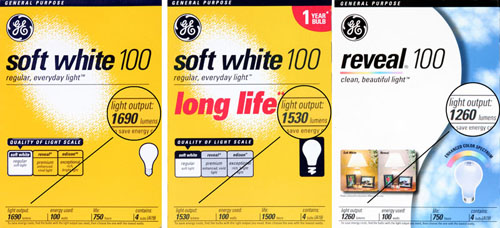Why does combining red, green, and blue light create white light? Is this just an accepted fact? — DM, Punta Gorda, Florida
Our eyes sense color by measuring the relative brightnesses of the red, green, and blue portions of the light spectrum. When all three portions of the spectrum are present in the proper amounts, we perceive white.
The color sensing cells in our eyes are known as cone cells and they can detect only three different bands of color. One type of cone cell is sensitive to light in the red portion of the spectrum, the second type is sensitive to the green portion of the spectrum, and the third type is sensitive to the blue portion of the spectrum.
Their sensitivities overlap somewhat, so light in the yellow and orange portions of the spectrum simultaneously affects both the red sensitive cone cells and the green sensitive ones. Our brains interpret color according to which of three cone cells are being stimulated and to what extent. When both our red sensors and our green sensors are being stimulated, we perceive yellow or orange.
That scheme for sensing color is simple and elegant, and it allows us to appreciate many of the subtle color variations in our world. But it means that we can’t distinguish between certain groups of lights. For example, we can’t distinguish between (1) true yellow light and (2) a carefully adjusted mixture of true red plus true green. Both stimulate our red and green sensors just enough to make us perceive yellow. Those groups of lights look exactly the same to us.
Similarly, we can’t distinguish between (3) the full spectrum of sunlight and (4) a carefully adjusted mixture of true red, true green, and true blue. Those two groups stimulate all three types of cone cells and make us perceive white. They look identical to us.
That the primary colors of light are red, green, and blue is the result of our human physiology and the fact that our eyes divide the spectrum of light into those three color regions. If our eyes were different, the primary colors of light would be different, too.
Many things in our technological world exploit mixtures of those three primary colors to make us see every possible color. Computer monitors, televisions, photographs, and color printing all make us see what they want us to see without actually reproducing the full light spectrum of the original. For example, if you used a light spectrum analyzer to study a flower and a photograph of that flower, you’d discover that their light spectra are different. Those spectra stimulate our eyes the same way, but the details of the spectra are different. We can’t tell them apart.

